Searching for the Roots of the GTA Franchise
As I stand in the middle of an anonymous street in Los Santos, with a smoking gun in my hand, overlooking a scene of dead cops and pedestrians, burning vehicles and destroyed property, I ask myself “How did I get here?” The panorama of destruction before me is an odd companion to the Talking Heads song running through my mind. “This is not my beautiful machine gun? This is not my beautiful car?” Same as it ever was? Well, not exactly.
Very rarely in this industry does a genre come along that has no true predecessor. In fact, the only two that come to mind at the moment are Guitar Hero franchise and the Grand Theft Auto franchise. Throughout history, as technology develops, there is always a predecessor that is improved upon that gives us a revolutionary new invention. The crude airplane led to the biplane, which gave us modern jet planes, along with space flight. The smoothbore musket led to repeating rifles, which gave way to the machine gun. You get the idea. Grand Theft Auto, however, doesn’t seem to have any true predecessor. As long as myself and others have been playing games, we longed for a virtual world where we could go anywhere, do anything, and yes, kill everyone. Whether this is a reflection of the society we live in today, or the dark beast that lies within human nature is a topic for someone else to deal with.Today what I hope to do is dig up some classic games whose gameplay influenced the series as we know it. I had to really look around to come up with this, which in and of itself is an example of the true originality of the franchise as a whole.
But before we begin, a little history lesson is in order.
The game you paused to stop and read this article today is the latest in a series that began life as the brainchild of David Jones and Mike Dailly. Developed by Rockstar North (DMA Design, as it was once known) and published over the years by Rockstar Games. The initial game, entitled “Grand Theft Auto,” was released back in 1997 for the Playstation One. It was presented with a top-down point of view, and allowed players to drive Matchboxesque cars throughout a city, running over pedestrians, shooting folks and squaring off with the police. The player had a set of missions to accomplish, and took place in three different cities that we would come to love over the years: Liberty City, Vice City, and San Andreas. You were a criminal wannabe, who aspired to rise through the ranks of the city’s organized crime ring. A hallmark of the series, the entertaining and hilarious radio stations were introduced in the inaugural offering by Rockstar Games. There was also a couple of expansion packs that took place in 1960’s London, that were later offered as companion disks for later releases.
Grand Theft Auto
Later, in 1999, GTA 2 was released for the Playstation as well as Windows, Sega Dreamcast and the Gameboy Color. The top down view, along with the radio stations remained, but greater detail was placed on the vehicles, weapons, and environment. Gang warfare was also a center piece for the game, with your actions affecting the attitudes the gangs have towards you. Side missions such as taxi driver were also introduced, with hidden packages making their first appearance as well. One notable feature of the release was the use of live action cutscenes.
GTA 2
Then, in 2001 the ballgame changed forever. Grand Theft Auto III was released for the Playstation 2, and introduced us to that virtual world that we all had been clamoring for throughout our time as gamers. The 3D sandbox era was finally upon us. The game was astoundingly well put together, pulling elements of the first two games and rendering them beautifully and effectively to create a world for us to raise hell in. I cannot place strong enough emphasis on how much could have gone wrong with the development of this game. We were truly fortunate to have a firm like Rockstar, who put so much detail in the final, nearly flawless product we were given. Everything we had experienced in the previous releases were translated smoothly into 3D, and drastically improved, including the radio stations that will always have a special place in my heart.
Grand Theft Auto III
Rockstar struck gold once again a year later with the release of GTA: Vice City for the Playstaion 2. Most of the gameplay was the same, set in a colorful, yet gritty 1980’s version of Vice City. The game introduced motorcycles, helicopters, and airplanes to the mechanics of the GTA universe. This was a landmark release also due to the introduction of famous Hollywood actors to do the voice work for in-game characters, such as Ray Liotta, Burt Reynolds, and Dennis Hopper, just to name a few. This soon became an industry wide phenomenon. Also, real music groups were utilized for the radio station soundtrack, with artists like Iron Maiden, Michael Jackson, Blondie, and Motley Crue. The radio station soundtracks became so beloved by gamers that a multi disc soundtrack was released in stores, and sold very well. In 2003, both Vice City and GTA III were ported to the Xbox, and the series has been available cross platform ever since.
GTA Vice City
2004 saw the release of GTA: San Andreas. Rounding out the current generation of GTA titles, SA was Rockstar’s most ambitious release to date, encompassing three separate cities, with all the countryside and desert in between. This game was mammoth in terms of content, mission layout, minigames, and gameplay. Rockstar threw in everything but the kitchen sink with this one. I remember doing a playthrough with NO cheat codes, and it took me nine months to complete it from beginning to end. The game took place in the early 1990’s, and the atmosphere was that of the time around the LA Riots/Rodney King era. Airplanes were prominently featured in the game, and the flight controls were flawless. The massive storyline and overall content was just a sign of things to come. The game was followed by a pair of prequels, GTA: Liberty City Stories (2005) and GTA: Vice City Stories (2006).
GTA: San Andreas
In 2008, we were introduced to the highly anticipated Grand Theft Auto IV, for the Xbox 360 and Playstion 3. The game was released to universal critical acclaim, and introduced a multitude of improvements to the series, including online play, morality choices, the ability to swim, intoxicating your player, an in-game internet and downloadable content. The game shattered industry sales records, and is yet another benchmark for the franchise. GTA IV takes place in a post 9/11, modern day setting. The targeting system was overhauled, along with the use of cover and the “Wanted Level” system was changed. The game was widely regarded as the best of the generation, and possibly of all time.
Grand Theft Auto IV
Following GTA IV, last month saw the release of Grand Theft Auto V. Possibly the swan song of the current video game generation, there isn’t anything about the game I can tell you that you aren’t experiencing for yourself right now.
Grand Theft Auto V
Now that history class has been dismissed, let’s take a look at some early games that may have inspired the series which has led to the magnum opus that everyone is playing today. Like I said, the following games aren’t necessarily predecessors in the truest sense of the word, more like games that led to the creation of the series we all know and love.
APB (Atari, 1987)
Released in arcades in 1987, APB allows you to take on the role of a rookie police officer. In this somewhat cartoonish game, your duty includes the mundane from ticketing speeders & litterbugs to apprehending violent criminals. The game is a good mix of humor and action. There is a minigame where you violently shake suspects in order to gain a confession, and the cinematic of being fired for screwing up on the job is hilarious. The game was mostly well received, with some criticism of a high difficulty level, which Atari admits overdevelopment had a role in. The game was later ported to the Atari Lynx in 1989, and has also made its way on to several Arcade compilations on modern systems. The top down view we saw in the first two GTA releases is first seen here, albeit on a fixed ‘course’ that did not allow players to wander the city freely. To my knowledge, this is the first major ‘cops and robbers’ style game to be released.
Motor City Patrol (Matchbox, 1992)
An ambitious project released on the NES during its waning days, Motor City Patrol once again sees players in the role of a police officer, whose duty is much of the same as what we was in APB. Gone, however is the humor, and clear mission structure of the aforementioned arcade game. What Motor City Patrol did allow you to do was roam the city freely. I rented this game from Blockbuster when I was a kid, and as impressed as I was with the game, I was equally disappointed. The game had so much potential, yet felt half-developed as far as content went. Keeping in mind that the game was released on the NES, there was a lot more Matchbox could have done with this game, and game reviewers of the early 1990’s shared that sentiment. The game has a free roaming, top down view, just like GTA I & II. This, in my opinion is the closest thing that comes to mind when digging for a predecessor to the original Grand Theft Auto.
Driver (1999, Reflections)
When talking about the sandbox style of GTA III, Driver is regarded by many to be the true forerunner of the modern GTA series. Taking place in partial recreations of cities like San Francisco and Miami, Driver puts you behind the wheel of a car driven by an undercover NYPD detective. This game was the first of its kind, as far as 3D open world exploration was concerned. Although your exploration was limited to the vehicle itself, the game was very impressive with the mission content, the AI of the police cars chasing you, and the game’s mechanics. I used to spend hours leading the police on chases, hitting jumps, cutting corners and eventually destroying my vehicle. A very nifty video editor was included so you could replay cinematic recreations of your exploits. Every person at the time playing the game wished that they could exit their vehicles and do more damage, a wish that was granted in Driver’s sequel, Driver 2, in 2000. Even then, your player could only enter and exit a limited variety of vehicles, and not only were you not given any type of weapon, but there was little, if any interaction with NPCs. A year after Driver 2, we saw GTA III, which can arguably be based on the template first laid out by Driver. Keep in mind, that while the developers at Rockstar may have worked around Driver’s ideas, it was the GTA universe created by Rockstar that really brought the game to life.
Mortal Kombat (Midway, 1992)
No, I’m not throwing you a curveball here. You may be thinking, “What in the hell does Mortal Kombat have to do with Grand Theft Auto?” Nothing, as far as the two games are concerned. However, these two games are directly linked, morally and psychologically speaking. You see, without Elvis Presley, there would be no Alice Cooper. Without Alice Cooper, there could be no Marylin Manson. Each succeeding generation gets away with more explicit content than the previous generation, due to the fact that the ‘moral bar’ gets lowered (or raised, depending on how you look at it). Sure, we were beating people up and shooting them long before GTA and Mortal Kombat’s release; but in Contra, the bad guys just disappeared when you shot them, rather than showing their brains hit the floor as they fall on the ground, twitching. Mortal Kombat took a big step forward in terms of graphic content. Parents were outraged at the fact that you could rip a man’s brain and spinal column out of his body, among other things. However, as time progressed, this became the norm. All of this, in my opinion, led to the idea of the things we have experienced throughout the GTA franchise’s history, as being marketable ideas.
So there you have it. We looked at the history of the GTA series, as well as seeds planted long ago that grew in to this massive world we have been living in for the past few weeks. The Grand Theft Auto franchise is one that has few, if any blemishes of poor releases, and that’s due to the hard work and attention to detail we have come to expect from Rockstar Games. We can only imagine where things will go from here. I hope you enjoyed this, and now, if you’ll excuse me, I’ve got cars to steal and people to dust off. Cheers.
Searching for the Roots of the GTA Franchise,


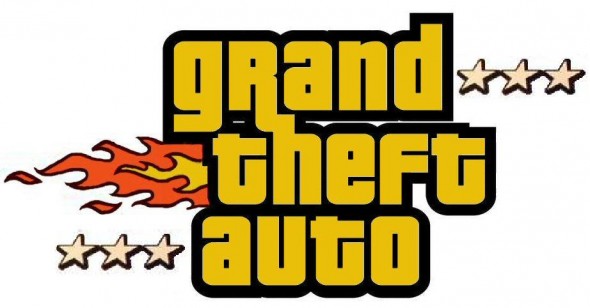
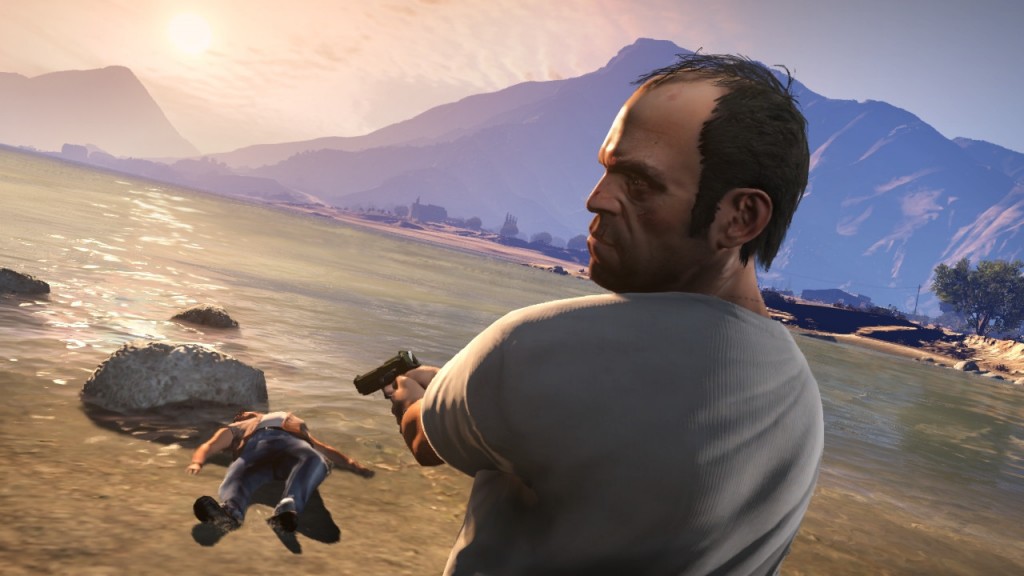
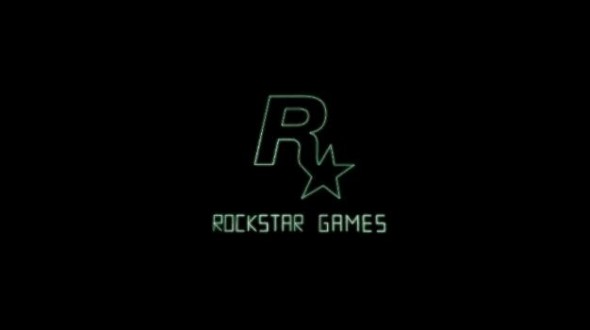
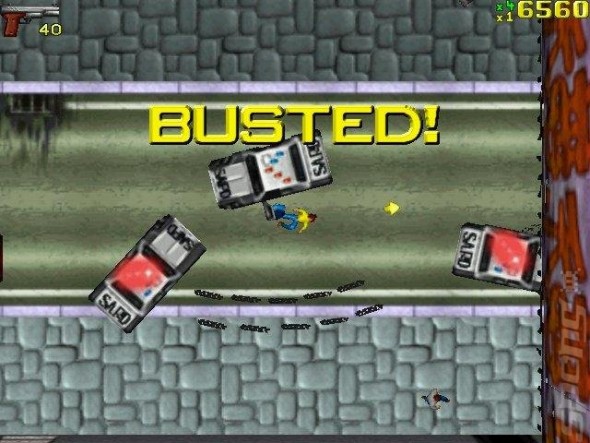
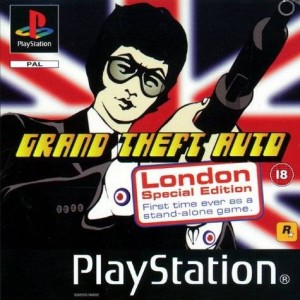
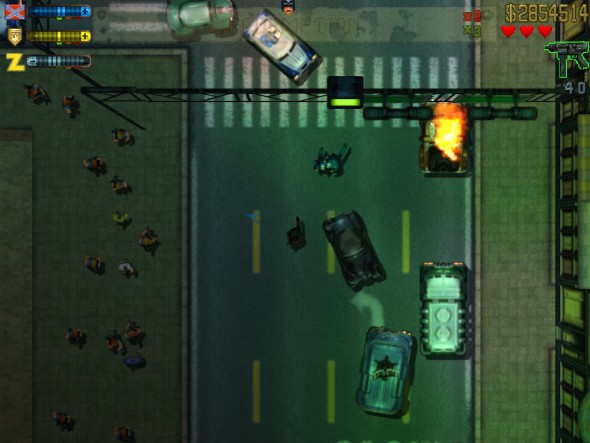
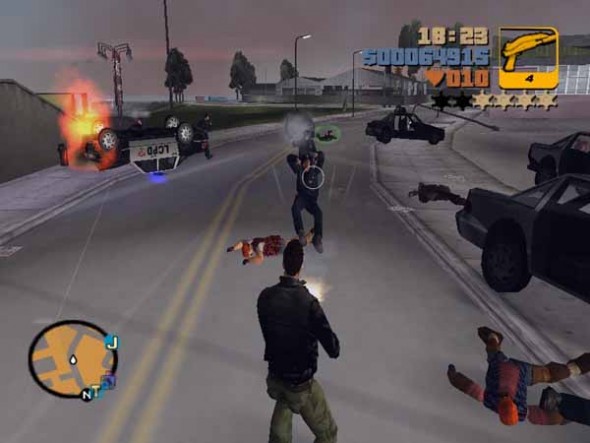
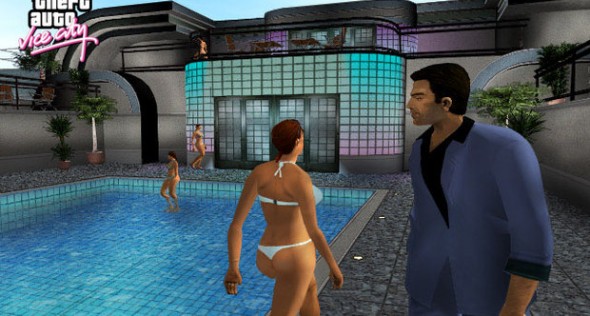
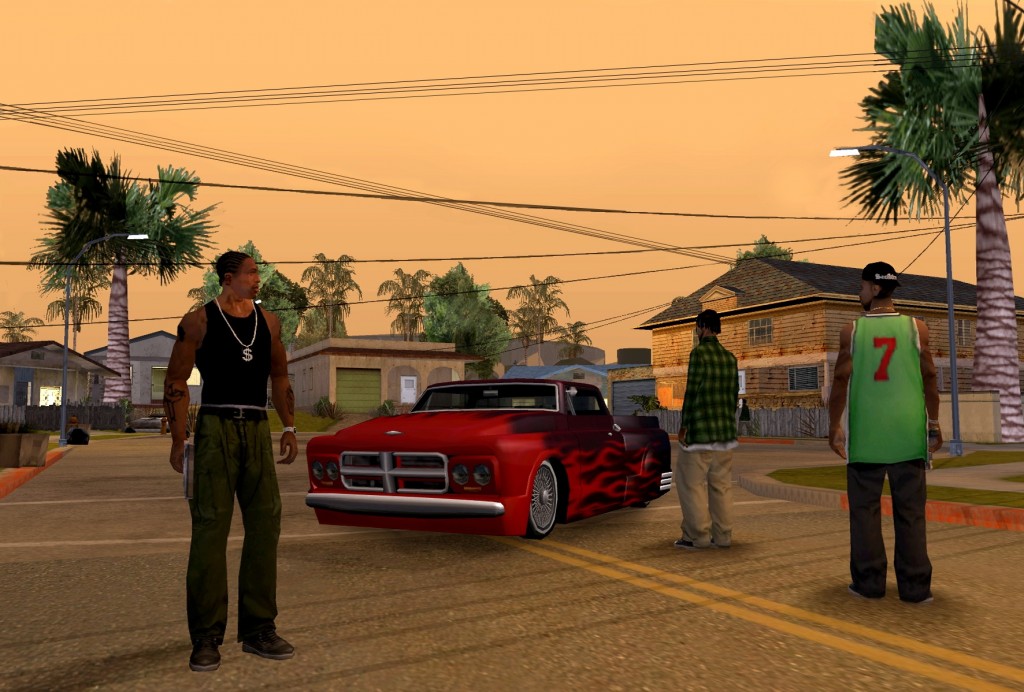
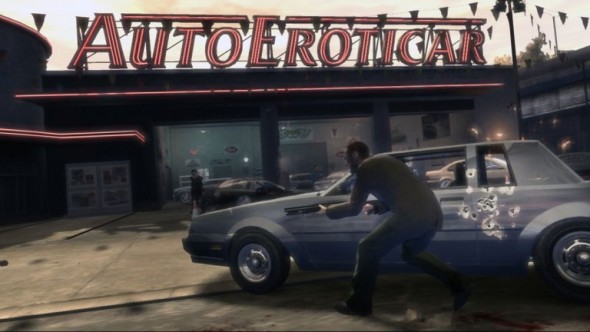
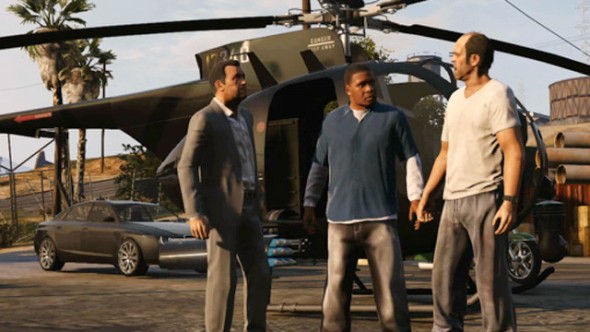
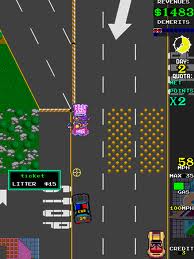
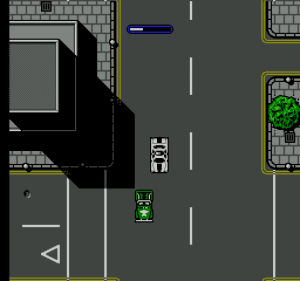

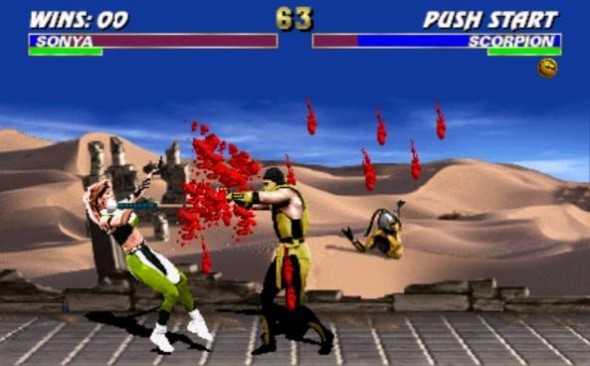
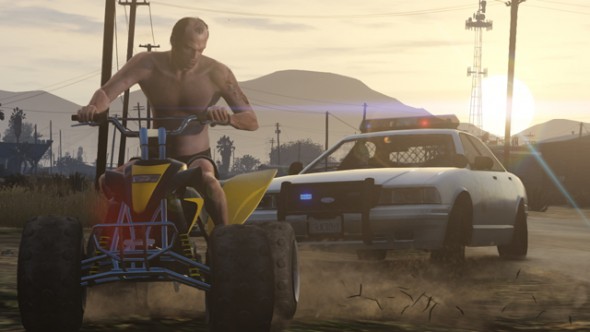
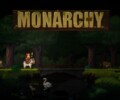
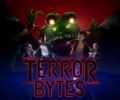
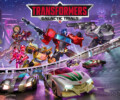

No Comments